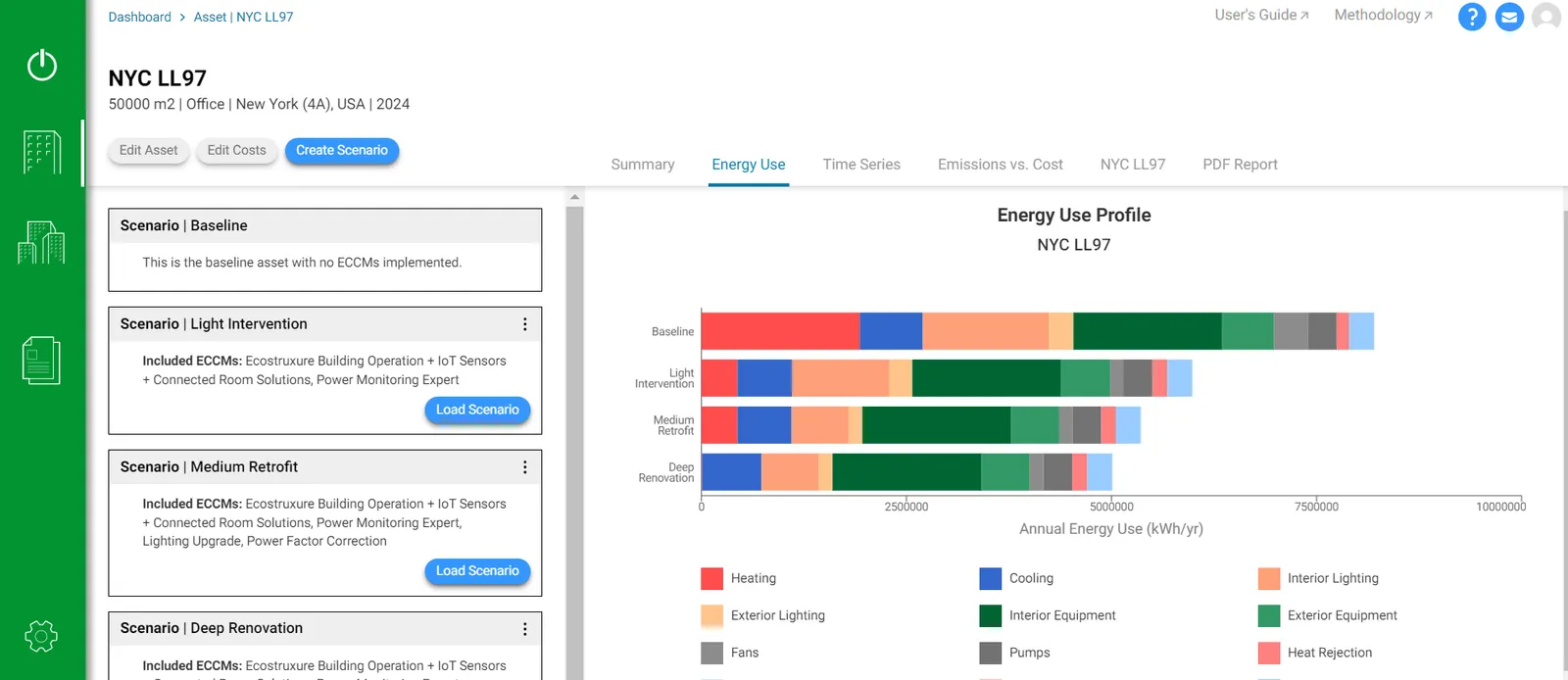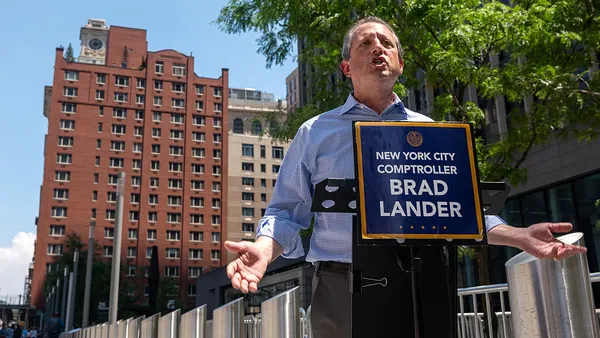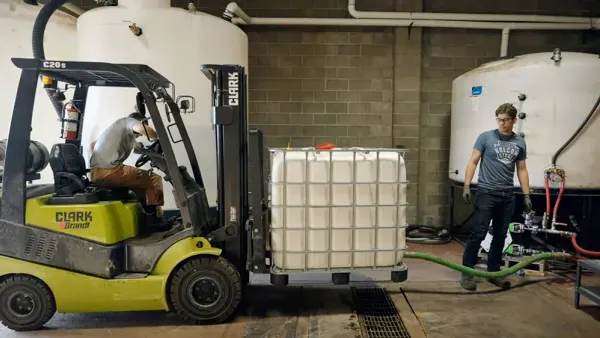Dive Brief:
- Schneider Electric has created an online regulatory compliance tool aimed at helping building owners and operators calculate their carbon emissions and energy use intensity and identify potential reduction measures, the company announced last week.
- With a dataset of nearly 500,000 building performance models spanning various building types, sizes and climate zones, the Building Decarbonization Calculator enables users to identify energy and carbon conservation measures, assess the carbon and financial return on investment for these actions and compare their decarbonization pathways with New York City’s Local Law 97 or Carbon Risk Real Estate Monitor targets, per a Sept. 24 news release.
- The BDC intends to help building owners avoid fines, like the starting penalty of $0.50 per square foot for noncompliance with New York City’s Local Law 97, according to Mike Kazmierczak, global vice president of digital energy for Schneider Electric. While the tool is currently preloaded with features that can help businesses simulate and plan retrofits in compliance with LL97, the company plans to also add the requirements of Boston’s upcoming building performance standards law in the first half of 2025, Kazmierczak said.
Dive Insight:
With at least 40 U.S. cities expected to have building performance standards in place by 2026, building owners and operators are contending with mounting regulatory pressure to meet decarbonization targets.
The BDC assists with scenario planning through pre-loaded, modeled data that can generate estimates of carbon emissions and energy consumption, using an “industry-standard methodology” based on the building type and location. It also highlights the impact of selected energy and carbon conservation measures, or ECCMs, enabling users to evaluate and prioritize retrofit scenarios based on carbon and financial metrics. This process includes running preset scenarios for light interventions, medium retrofits and deep renovations, Schneider Electric said.
The tool works by loading in an individual asset or creating a portfolio of assets that enable users to identify the “biggest opportunity” for optimization and key assets to focus on, Kazmierczak said. As part of a demo he presented, Kazmierczak cited an example of the tool estimating a 47% emissions cut and a 39% energy reduction for a 10-story, 50,000-square-meter New York City office building that undergoes a deep renovation for about $23 million. That same building could see 35% in energy savings, 39% in emission reductions and a cost payback in about eight years through a medium retrofit costing $1.8 million, while a light intervention — costing less than $1 million — could help such a building cut over 25% of emissions and energy use with a six-year payback, according to the demo.

For building owners and operators who are wrangling with tight budgets, upgrading to LED lighting and undertaking other simpler measures such as installing occupancy sensors, regularly maintaining HVAC systems and using programmable thermostats to optimize heating and cooling efficiency can make an immediate impact on energy efficiency, said Mahesh Ramanujam, CEO of Global Network for Zero, an independent net-zero certification body. “I would always start with energy audits and installing smart meters to help [operators] identify and monitor areas of energy waste in buildings,” Ramanujam advised.
The BDC seeks to help operators with prioritization, including those who are in the earlier stages of their decarbonization journey, Kazmierczak noted. “What happens with most customers is that they get stuck on what they should do first and what [ECCMs] have the largest impact,” Kazmierczak said. “This tool allows [users] to simulate their building with the right level of prioritization. And then, they can start to build their scenario planning.”
Firms that already use the tool include JLL, which is performing building performance modeling on the calculator, and C-scale, a spinoff of architectural firm EHDD, that is working with Schneider Electric on machine-learning models that can “support climate action at speed and scale,” Schneider Electric said.











